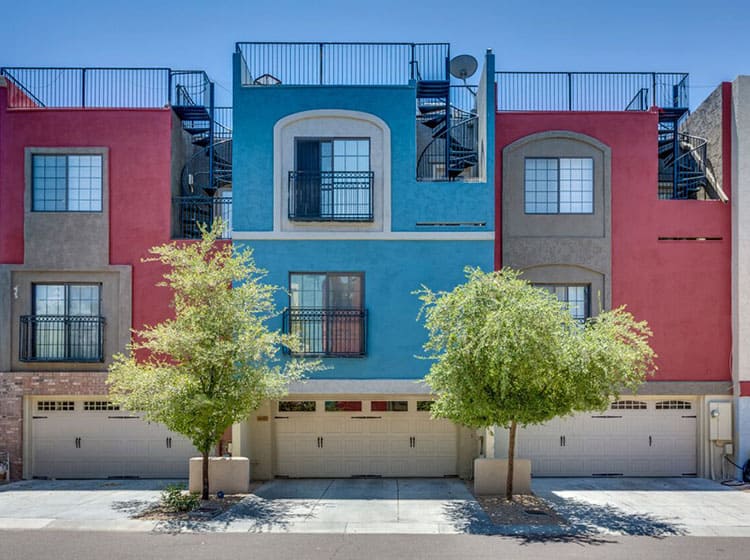Understand Exactly How Seasonal Problems Impact The Success Of Business Exterior Painting And Find Out The Suitable Durations To Ensure Lasting End Results For Your Task
Understand Exactly How Seasonal Problems Impact The Success Of Business Exterior Painting And Find Out The Suitable Durations To Ensure Lasting End Results For Your Task
Blog Article
Article By-Regan Celik
When you're intending an industrial exterior painting project, seasonal aspects can make or damage your results. please click the next internet page 'll want to think about just how temperature level and moisture impact paint application and drying out times. Selecting the best season can guarantee your paint adheres effectively and lasts longer. Yet which seasons are absolutely the best for this sort of work? Let's explore the key elements that can impact your task's success.
The Impact of Temperature Level on Paint Application
When you're intending an industrial exterior painting task, the temperature can dramatically influence how well the paint sticks and dries out.
Ideally, you intend to paint when temperature levels vary in between 50 ° F and 85 ° F. If it's too chilly, the paint may not heal appropriately, causing issues like peeling or splitting.
On the other side, if it's too hot, the paint can dry out as well rapidly, stopping appropriate attachment and leading to an irregular surface.
You need to also think about the moment of day; early morning or late afternoon uses cooler temperature levels, which can be extra positive.
Constantly check the producer's referrals for the particular paint you're using, as they typically provide support on the ideal temperature level array for optimal outcomes.
Humidity and Its Impact on Drying Times
Temperature isn't the only environmental aspect that affects your business external paint task; humidity plays a significant duty also. High humidity levels can decrease drying times significantly, affecting the total high quality of your paint job.
When the air is saturated with moisture, the paint takes longer to cure, which can result in concerns like poor attachment and a greater threat of mildew growth. If you're repainting on an especially damp day, be gotten ready for prolonged delay times in between coats.
https://www.homesandgardens.com/interior-design/should-the-entire-house-be-painted-the-same-color to check regional climate condition and strategy appropriately. Preferably, aim for humidity levels in between 40% and 70% for optimal drying.
Maintaining these factors in mind ensures your project stays on track and delivers a long lasting coating.
Best Seasons for Commercial Exterior Painting Projects
What's the most effective season for your commercial exterior painting jobs?
Spring and very early autumn are generally your best choices. During these seasons, temperature levels are light, and moisture degrees are frequently lower, producing excellent problems for paint application and drying out.
Avoid summer season's intense heat, which can cause paint to dry also rapidly, bring about bad adhesion and surface. Likewise, winter's cool temperature levels can impede correct drying out and curing, taking the chance of the longevity of your paint task.
Aim for days with temperatures in between 50 ° F and 85 ° F for optimal outcomes. Remember to inspect the local weather prediction for rainfall, as damp conditions can wreck your task.
Preparation around these aspects guarantees your painting task runs smoothly and lasts much longer.
Conclusion
To conclude, planning your commercial external painting projects around seasonal factors to consider can make a considerable distinction in the outcome. By organizing job during the ideal temperature levels and moisture degrees, you'll make certain better bond and drying out times. Keep in mind to keep an eye on neighborhood weather report and pick the correct time of year-- springtime and very early fall are your best options. Taking these steps will aid you accomplish a durable and expert surface that lasts.
